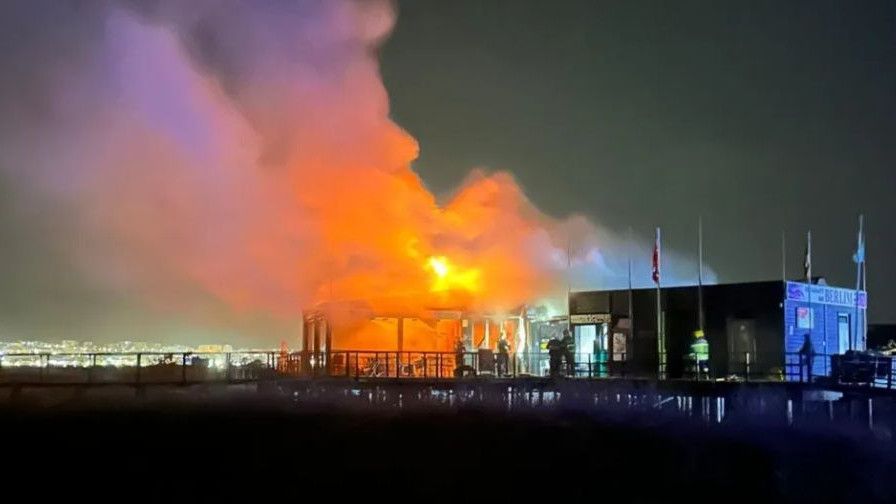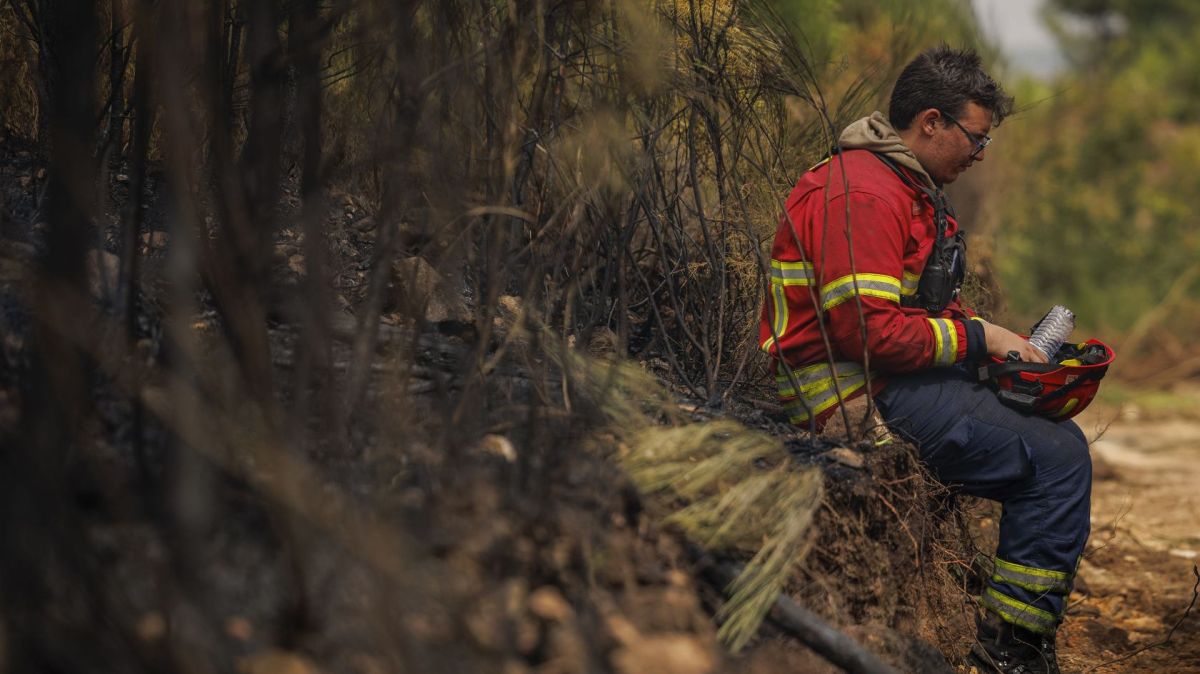At a press conference in Alfambras, the Algarve's second regional commander for Civil Protection, Abel Gomes, explained that in the approximately 30% remaining area of the fire, "there are worrying areas that could pose a complication."
"These are areas that have not burned, the so-called islands, which could result in reignitions and cause projections due to the moderate to strong winds," he emphasised.
In assessing the firefighting operations, the official said the fire's growth rate was "very high," growing from 52 hectares per hour to 236 hectares, "posing great challenges for firefighters," and the extent of the fire's burn remains unknown.
"In addition to the wind, accessibility has also been a problem for firefighting (...), which required clearing paths to access the firefront," he noted.
According to Abel Gomes, the fire continues to grow in the Barão de São João National Forest, in the municipality of Lagos, "but without putting homes at risk for now."
The official said that "the concern now is to prevent the fire from drifting westward, which would pose great challenges for firefighters."
When asked about personal or property damage, Abel Gomes said there were nine minor injuries, most from smoke inhalation, and a second home was reported destroyed in the municipality of Aljezur.
A total of 518 personnel from various Civil Protection entities are involved in the operations, with the support of 181 vehicles and seven aircraft.
The Algarve's second regional commander predicts that "much work remains" until the fire is extinguished.















